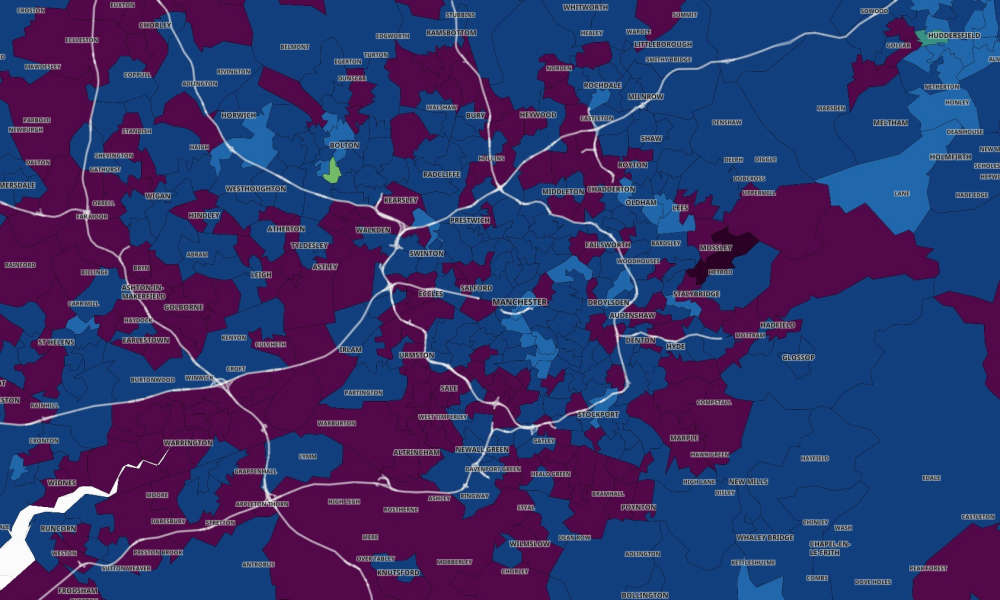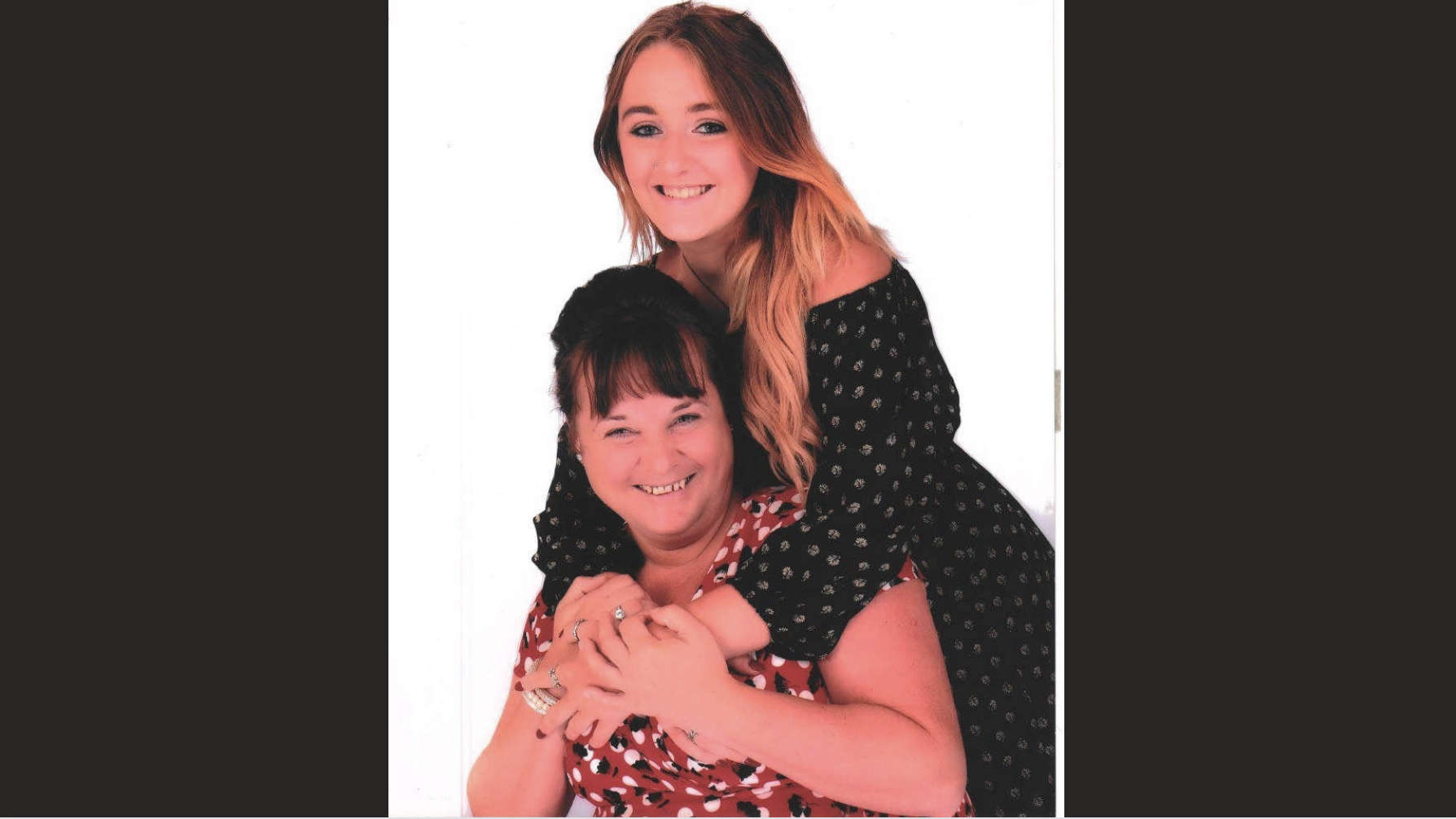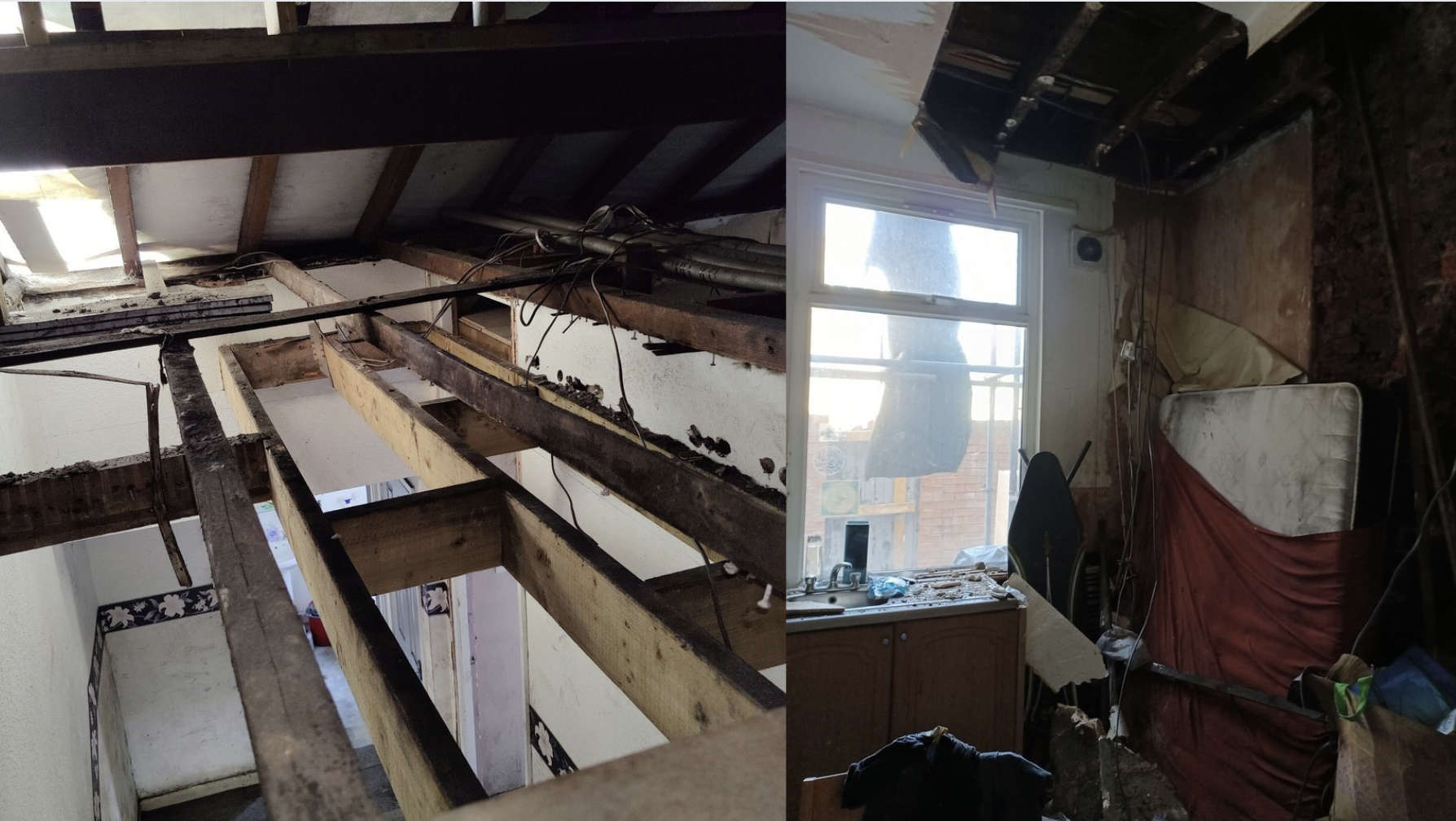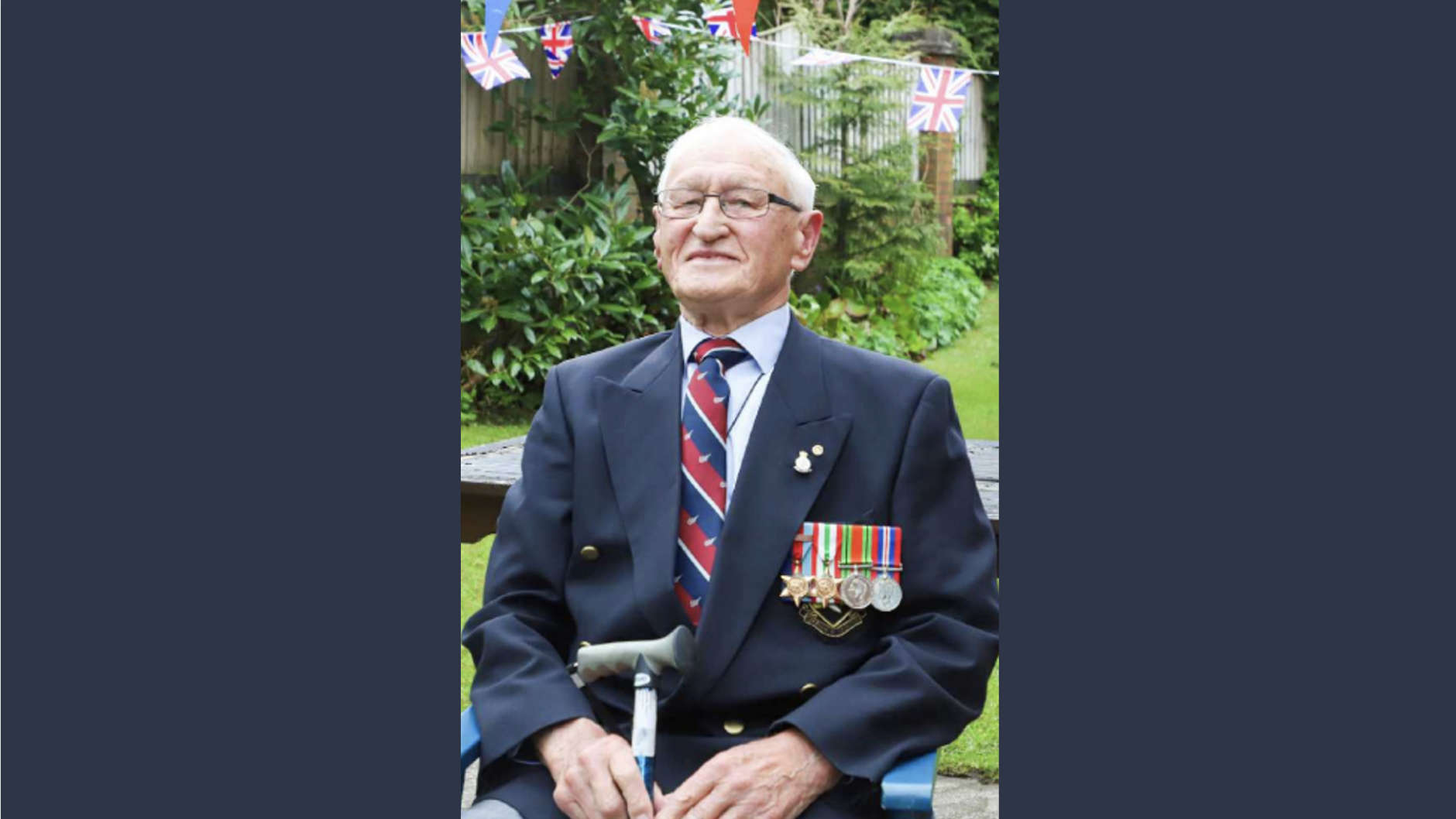
The biggest regional 'blackspot' for Covid-19 infections is now located in Tameside, figures have revealed, as the number of new 'Omicron' variant cases reaches the hundreds nationwide.
There are now more than 200 confirmed cases of Omicron in the United Kingdom, according to the UK Health and Security Agency.
However scientific experts estimate there is likely to be more than a thousand cases of the variant already circulating across the UK.
The arrival of the variant sparked Prime Minister Boris Johnson to announce the rules around travel and mask wearing were being tightened up, with face coverings once again compulsory in shops and on public transport in England.
And the return of pre-departure Covid tests for travellers to the UK will come into force tomorrow – Tuesday, December 7.
The World Health Organization has warned the Omicron variant of the coronavirus poses a ‘very high’ risk across the world, and could lead to severe consequences in some regions.
The variant has also prompted the UK to place a number of African countries on the red travel list – Nigeria, South Africa, Namibia, Lesotho, Botswana, Eswatini, Zimbabwe, Angola, Mozambique, Malawi and Zambia.
Two cases which are ‘highly probable’ to be the new mutation of Covid-19 have been identified in Bolton, according to local health chiefs.
The areas with the highest infections, and localities where cases are low can be revealed via an interactive map charting the number of positive Covid-19 test results in each neighbourhood across the country using government data.
It shows the number of infections per local area, broken down into neighbourhoods containing roughly 7,000 people.
The number of new cases is then used to calculate the infection rate per 100,000 people.
In the week to November 30 – the latest local data – the biggest hotspot was Carrbrook and Micklehurst in Tameside.
It recorded an infection rate of 899.8, with 65 new incidences of the virus.
In second place is Eccles in Salfordwhere there were 87 cases and the rate was 751.2.
Romiley and Compstall in Stockport follows with a rate of 738.4, and 57 cases of Covid-19 being recorded – a rise of 20.
Beech Road and Chorlton Meadows in Manchester is in fourth place with 46 new cases and a local infection rate of 737.8 per 100,000 people.
Next is Higher Woodhill in Bury, where the 41 weekly cases led to a rate of 717.8.
This was a huge 156.2 pc increase on last week, with 25 more people testing positive for the virus.
Orrell and Longshaw in Wigan is in sixth place.
It recorded 92 new cases of Covid-19, totalling an infection rate of 712.
Denton East in Tameside had a rate of 704.3 in the week to November 30, with 40 people testing positive for coronavirus.
In eighth place is the Manchester neighbourhood of Wythenshawe East and Peel Hall , where 52 cases of the virus were recorded.
This works out as a local infection rate of 693.5 per 100,000 people.
Heywood Heap Bridge and Darnhill in Rochdale is next with 61 cases, equalling a rate of 674.9.
Finally Sale Central, in Trafford, is in tenth place with 69 cases and a local infection rate of 667.1.
At the other end of the scale, Lever Edge in Bolton has the lowest infection rate in the region, standing at 44.9 with just four new cases.
This was a drop of 16 cases from the previous seven day period.
It is followed by Halliwell and Brownlow Fold, also in Bolton, with nine cases and a rate of 104.8.
In third place is the Bolton neighbourhood of Horwich East, where seven people tested positive in the week to November 30.
This equals a rate of 114.3 per 100,000 people.
University North and Whitworth Street in Manchester is next with 14 new cases and a rate of 126.2.
In fifth place is the Manchester area of Fallowfield Central.
The 15 cases recorded there convert to an infection rate of 126.6.
Ladybarn, also in Manchester follows with a rate of 126.6 and 12 new cases of Covid-19.
Salem in Oldham is in seventh place with a local rate of 153.9, and 12 cases recorded in the week to November 30.
Hulme and University in Manchester also makes it into the top ten areas with the lowest infection rates with a rate of 156.5 and 23 new cases.
City Centre North and Collyhurst in Manchester is in ninth place with 12 incidences of the virus, resulting in an infection rate of 160.1.
Finally Piccadilly and Ancoats in Manchester is in tenth place with a rate of 162.3 from 32 new cases.


 More than £500k spent on painting buses yellow for Bee Network rebrand
More than £500k spent on painting buses yellow for Bee Network rebrand
 Man, 29, charged in connection with fatal stabbing of Droylsden woman
Man, 29, charged in connection with fatal stabbing of Droylsden woman
 Rogue builder receives suspended prison sentence and fined £25k for botched Ashton home conversions
Rogue builder receives suspended prison sentence and fined £25k for botched Ashton home conversions
 Tameside Rotarian prepares to celebrate his 100th birthday and 60 years of rotary service
Tameside Rotarian prepares to celebrate his 100th birthday and 60 years of rotary service

